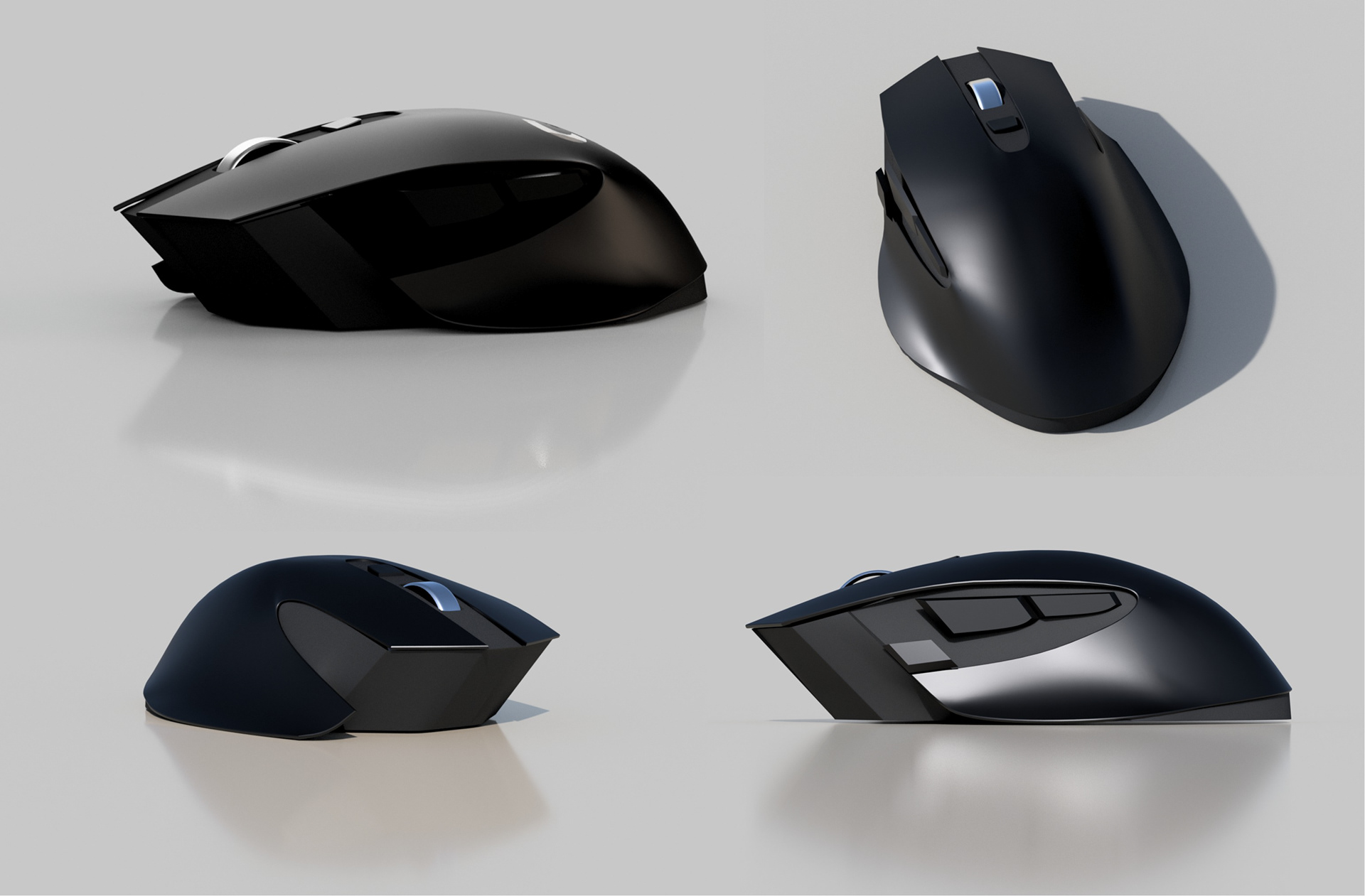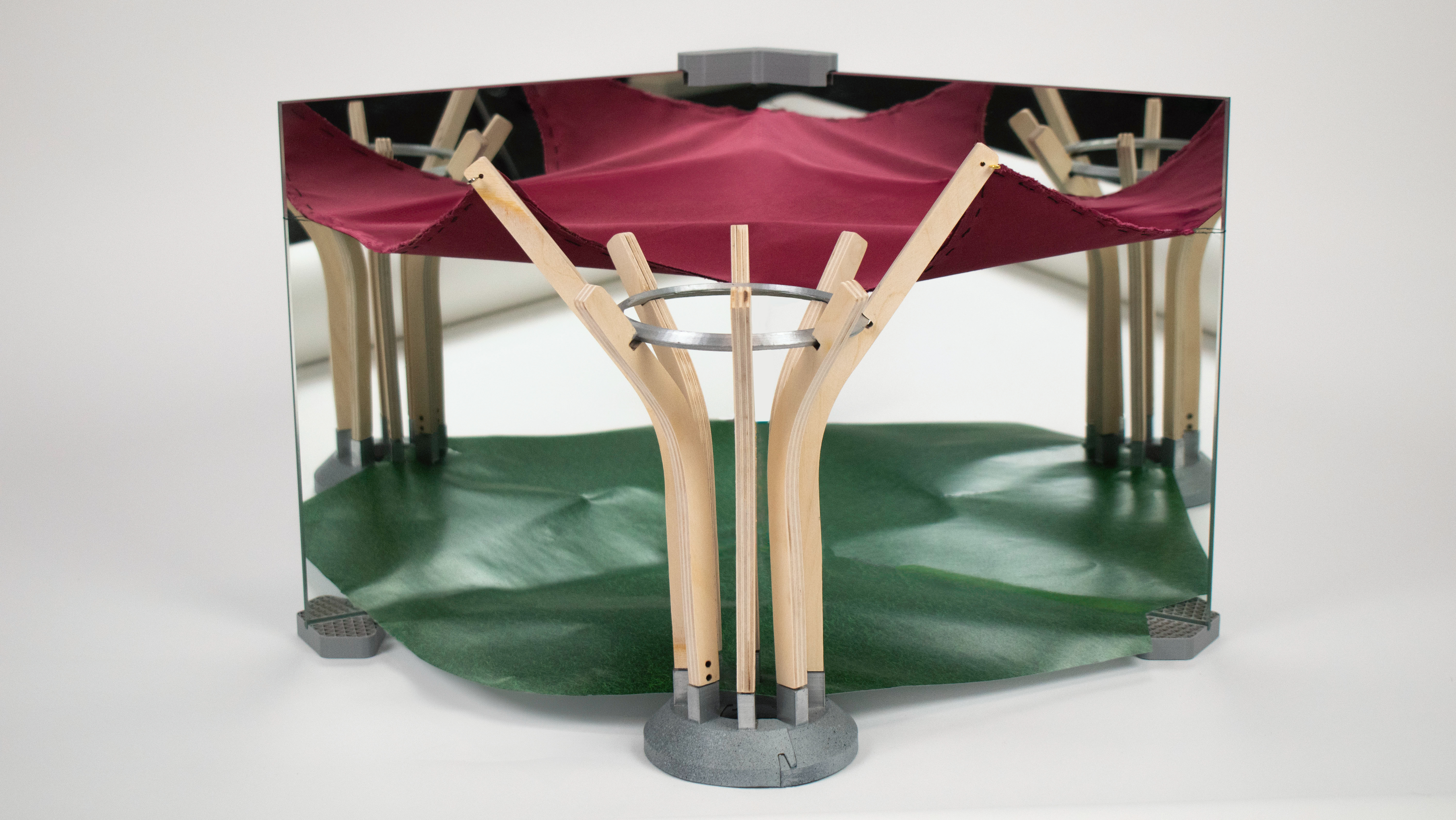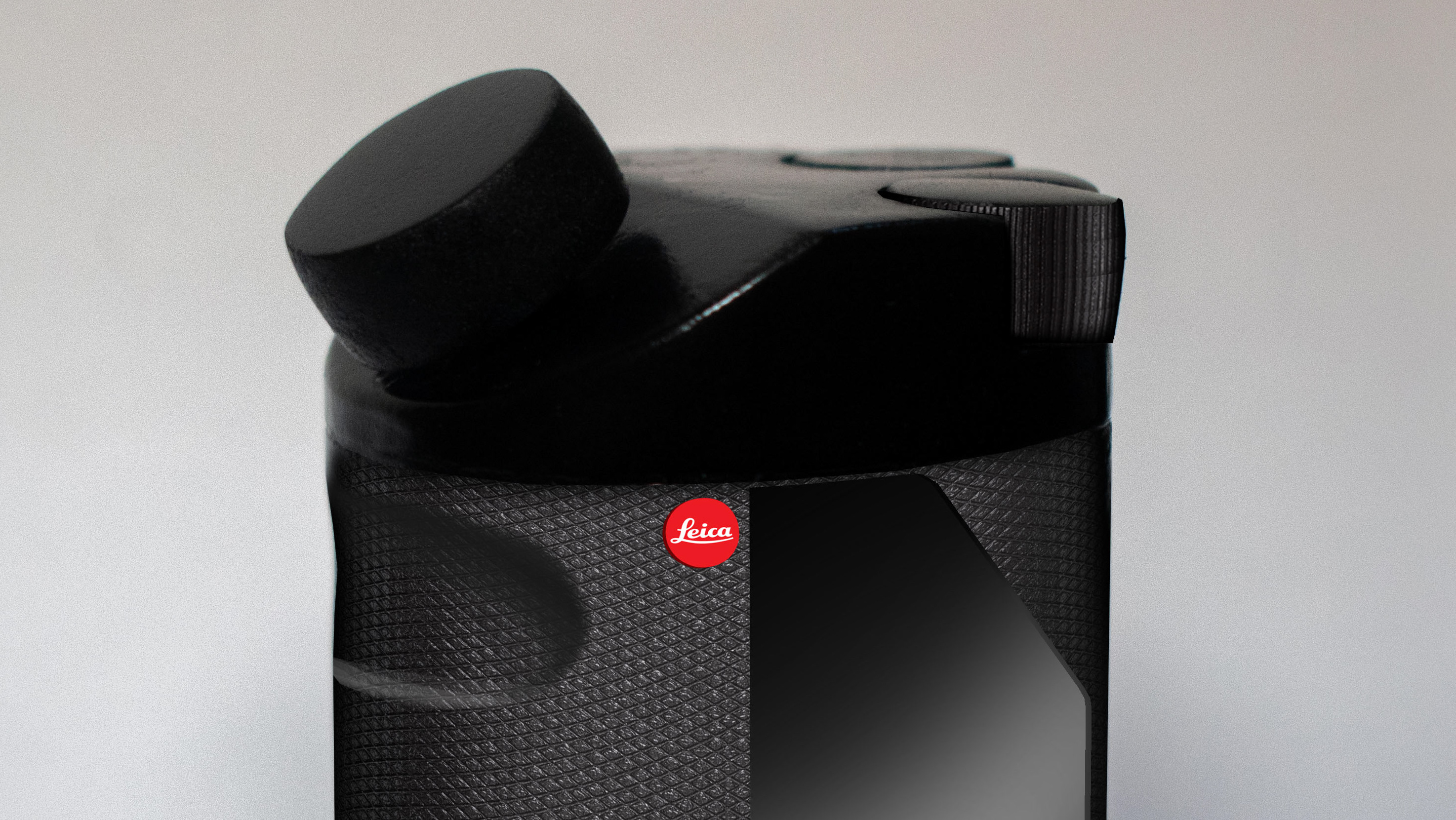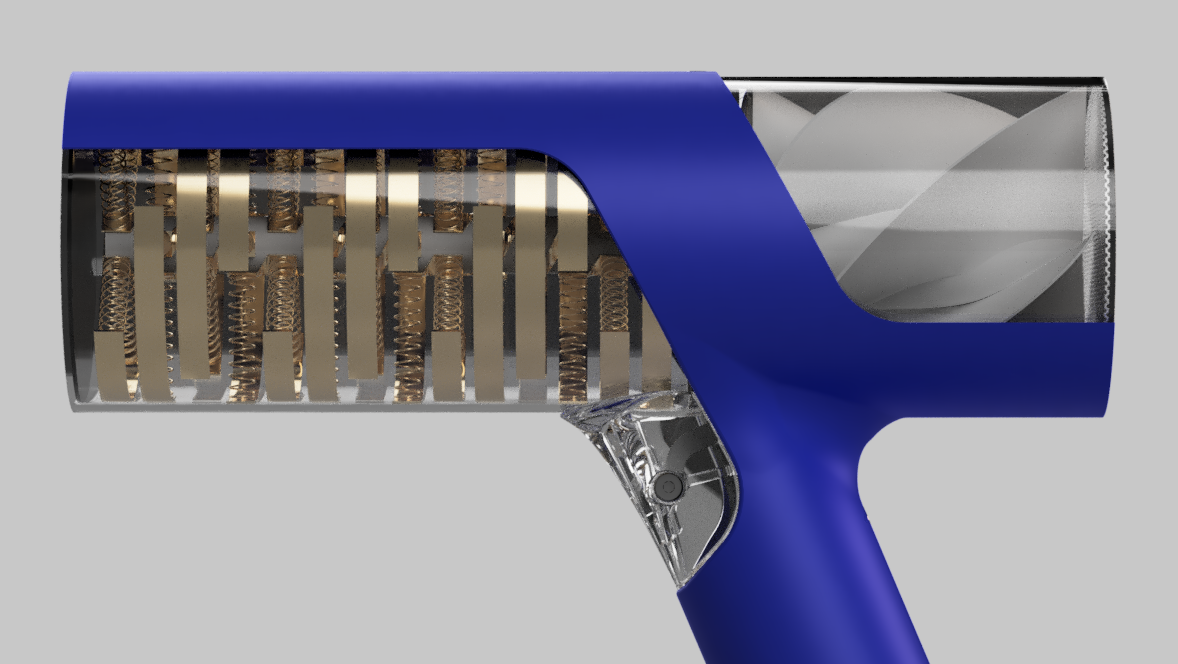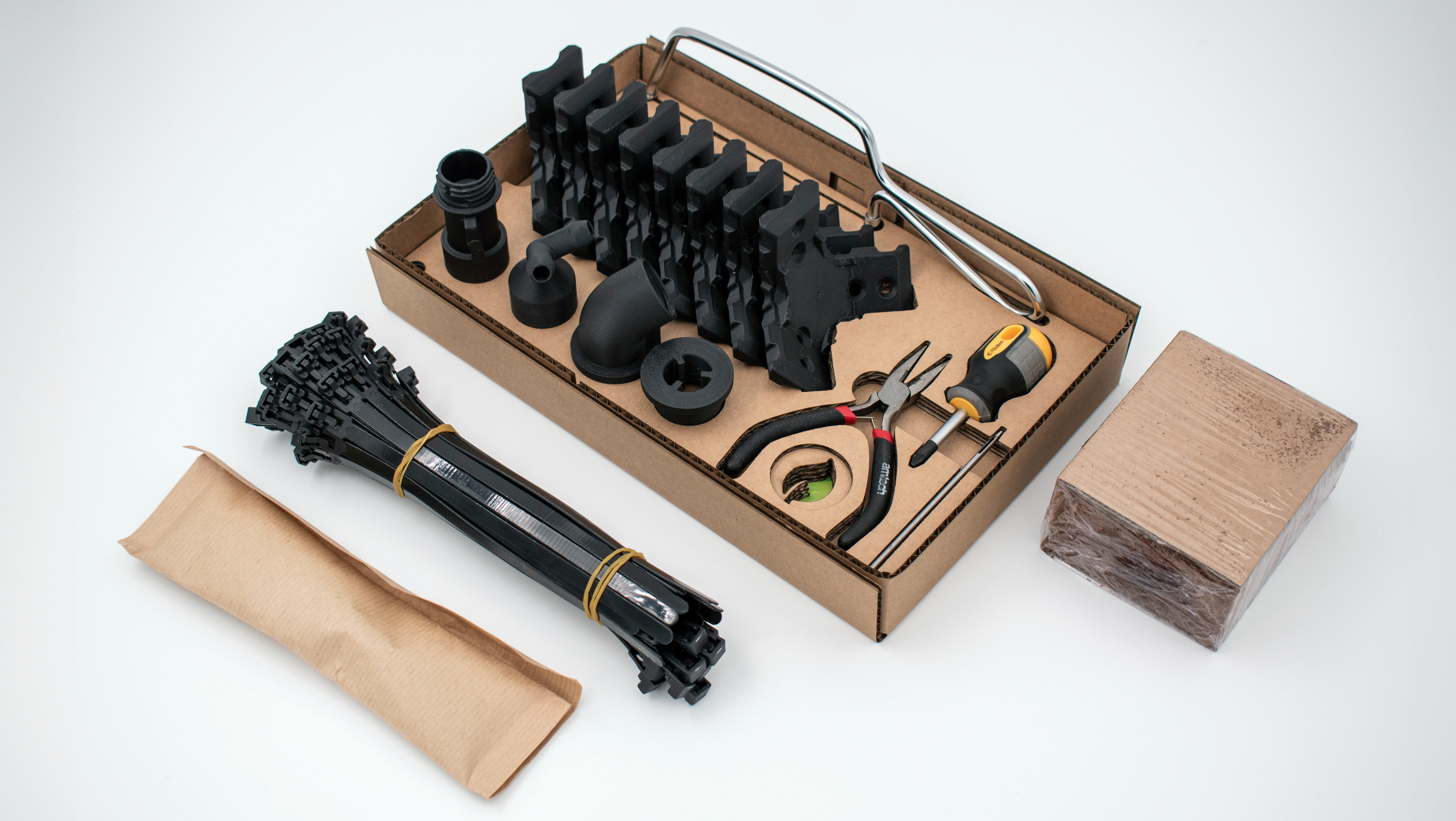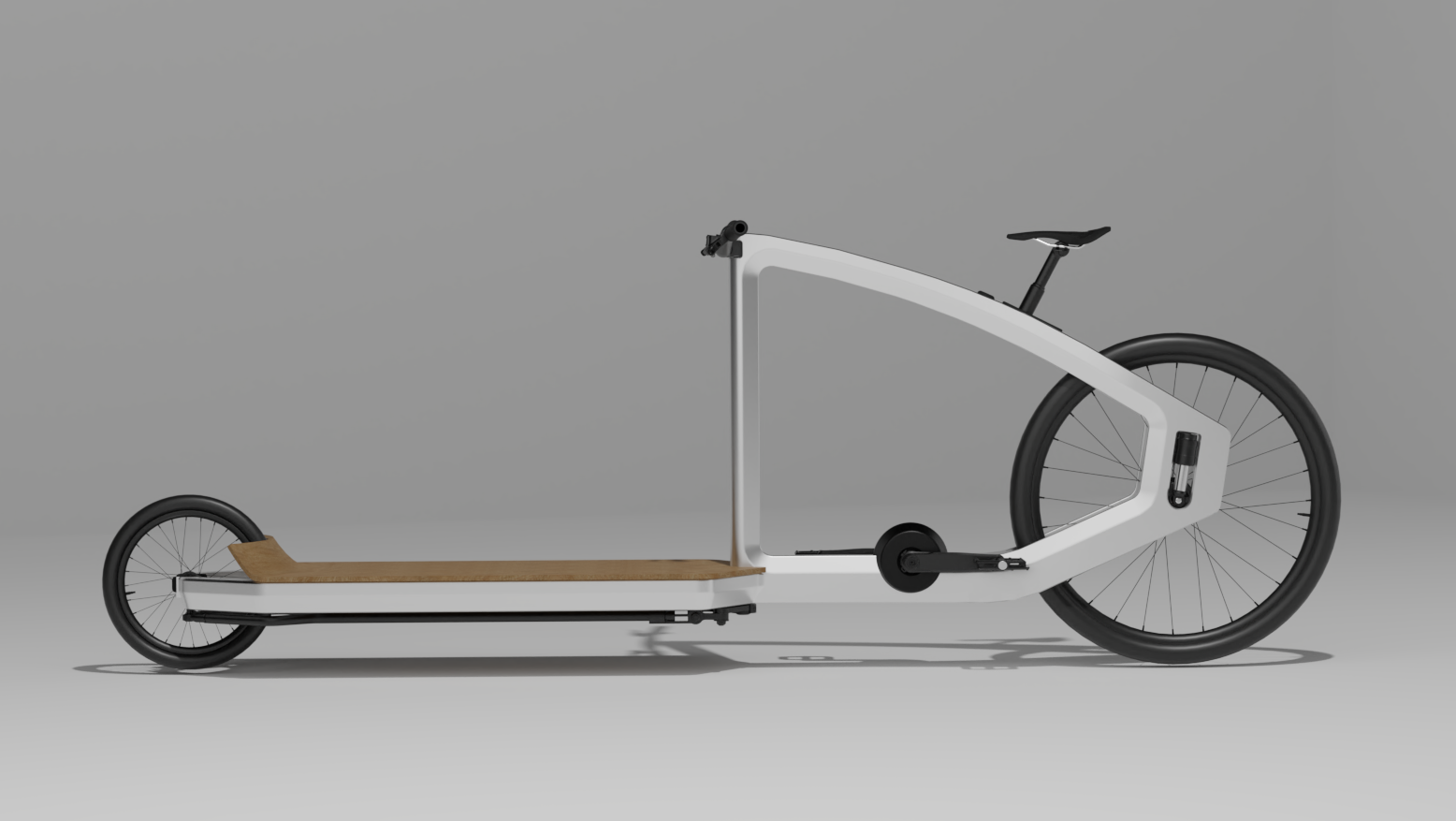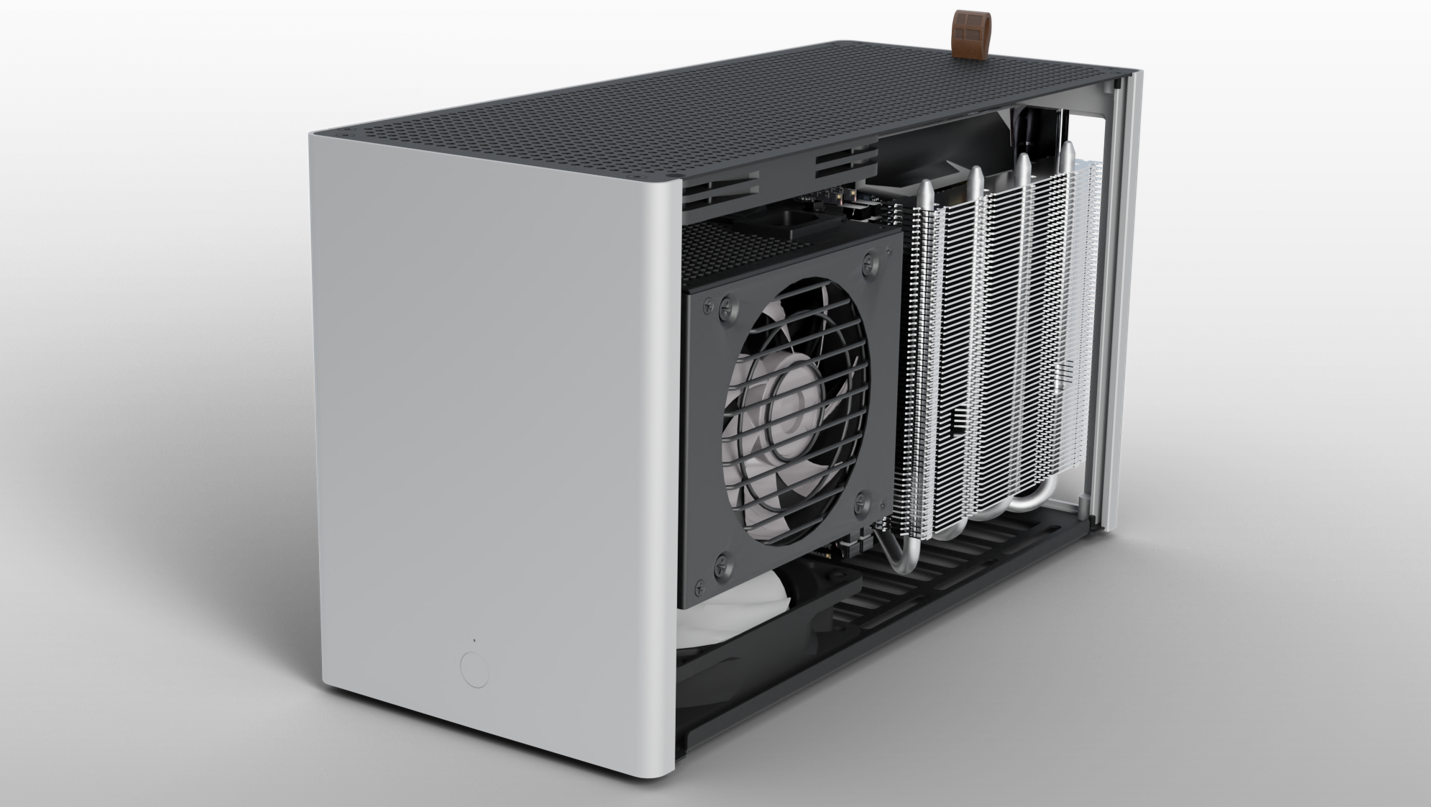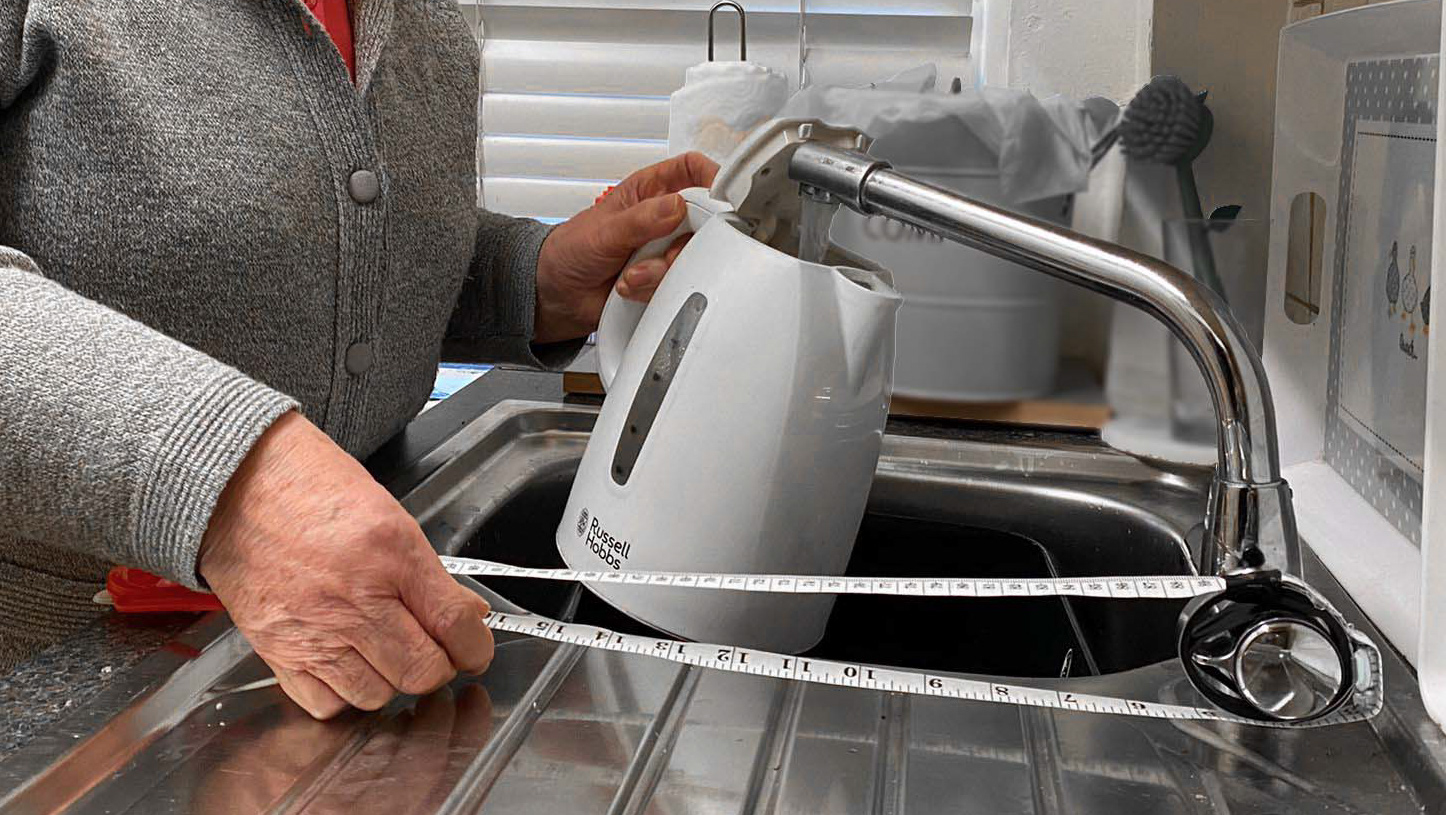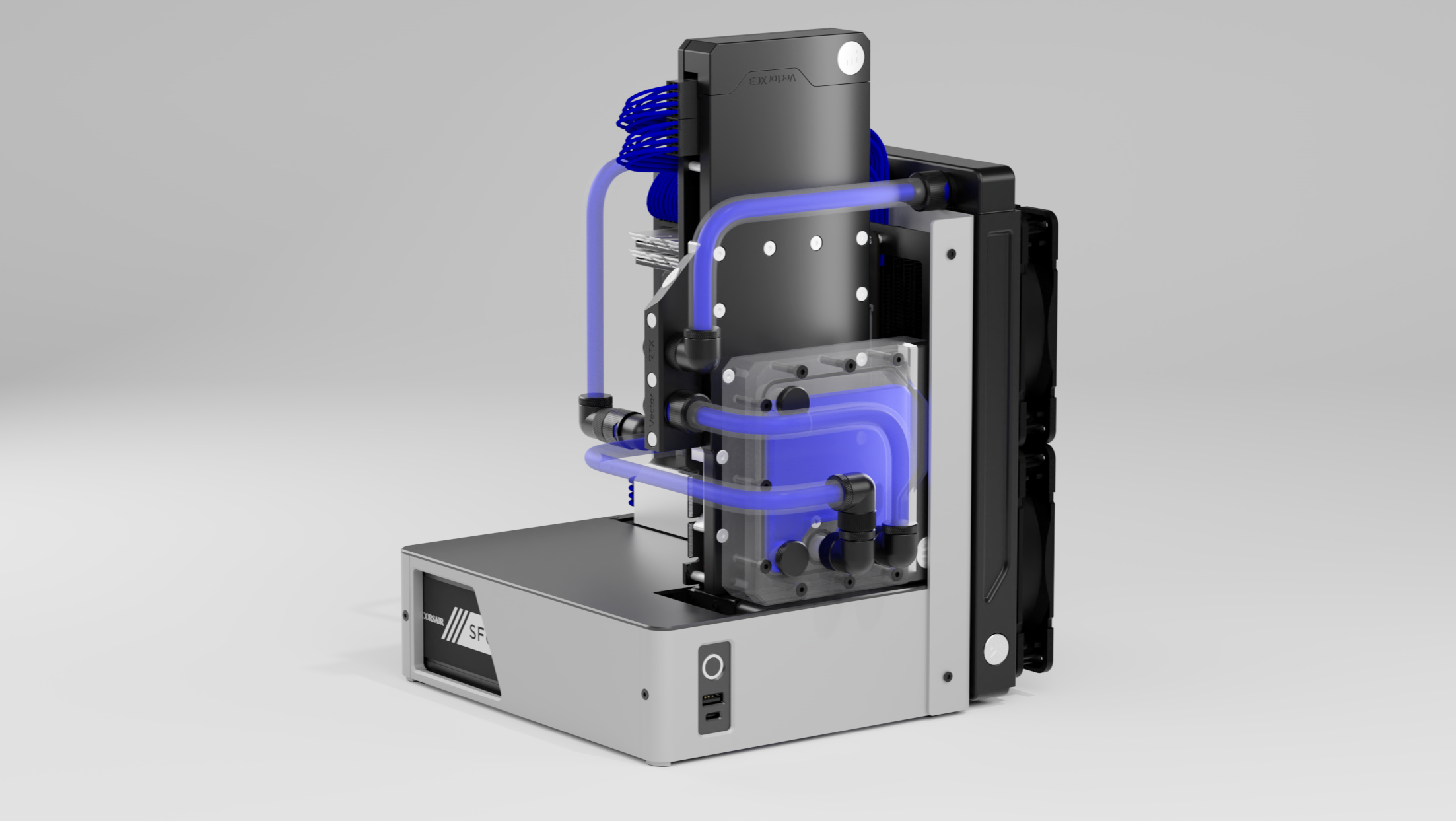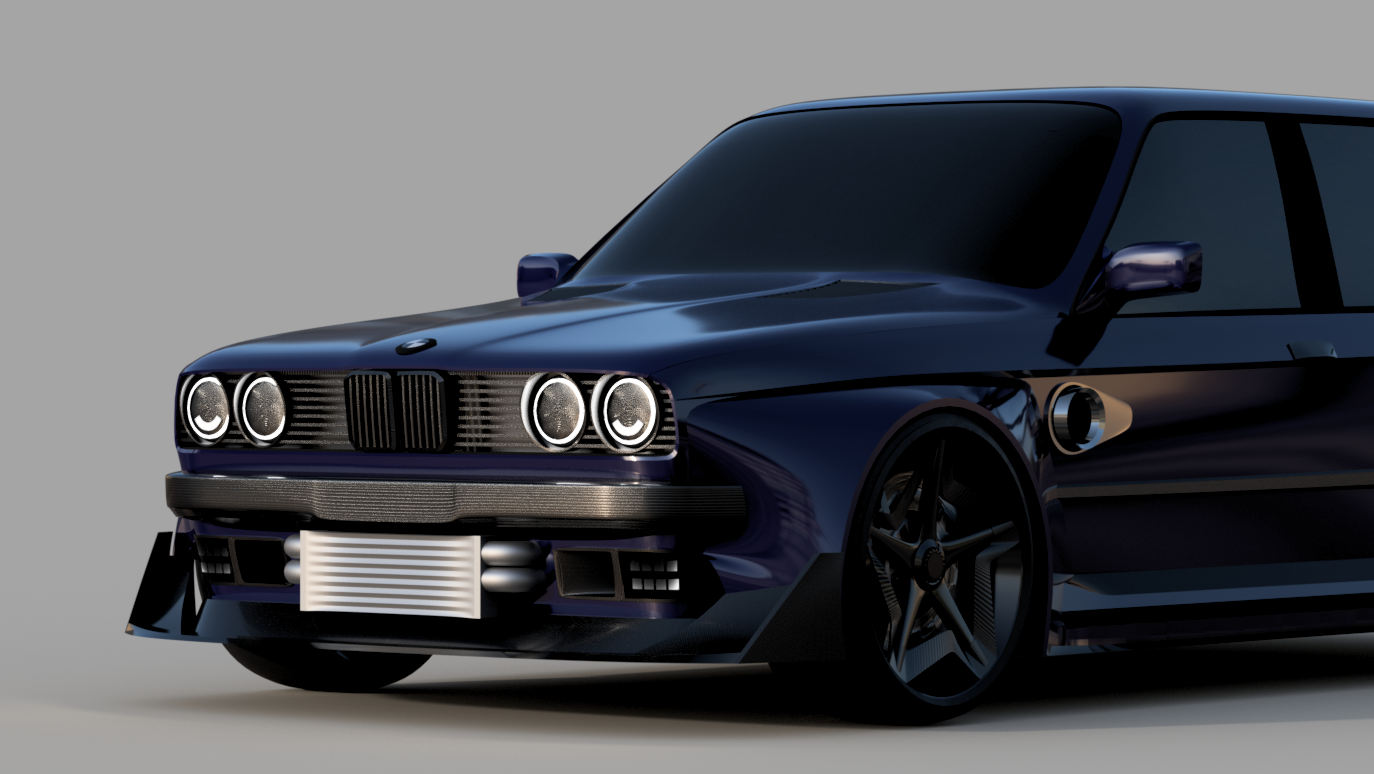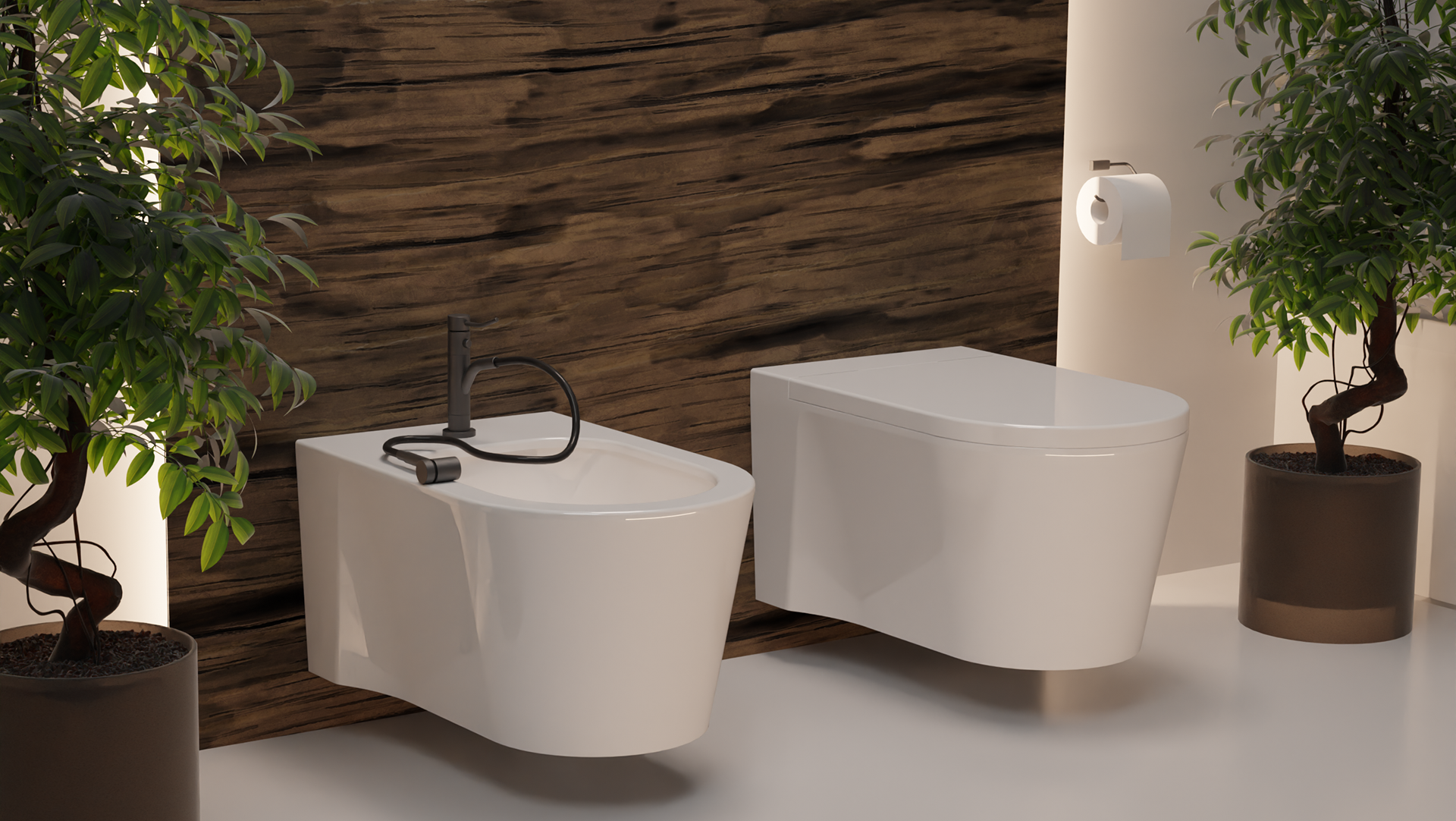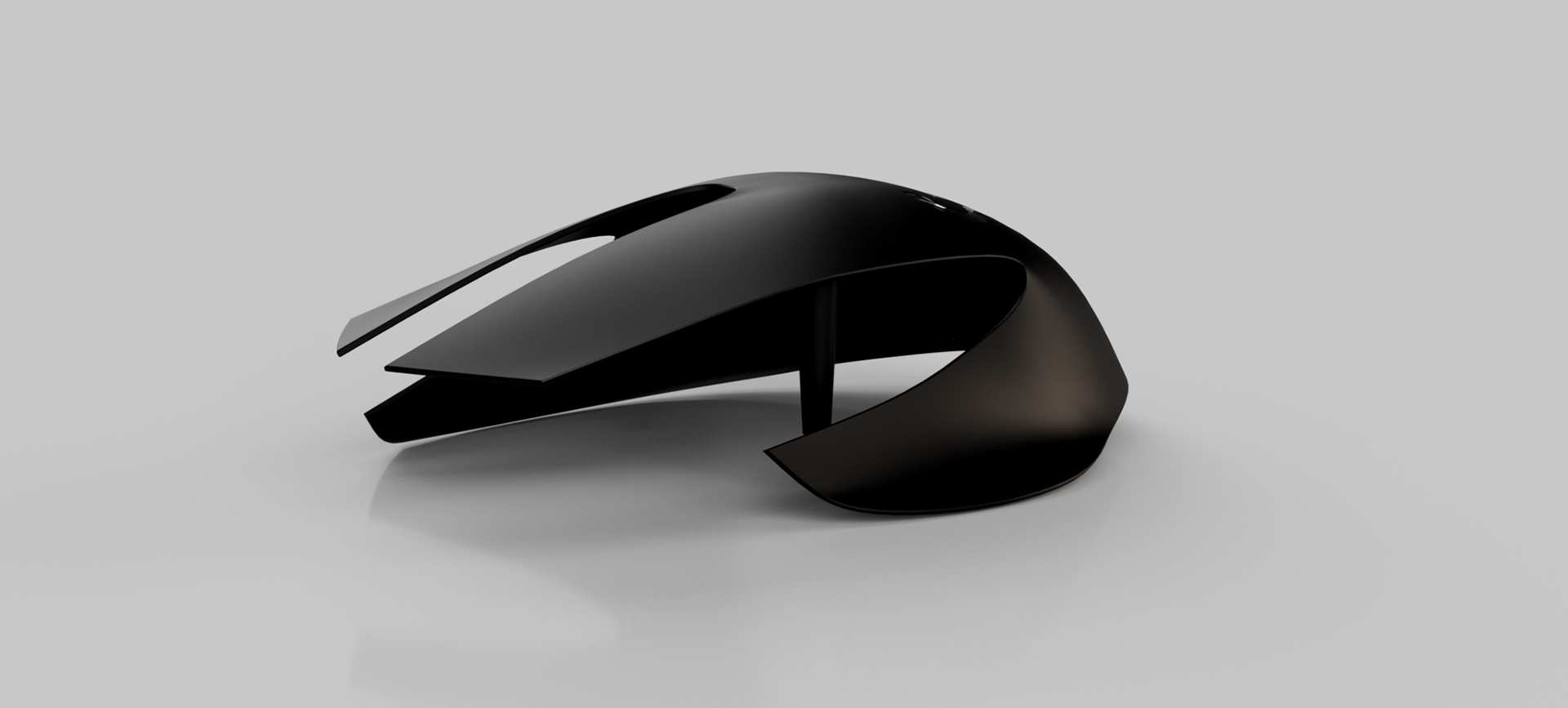
This was a project for University, where I was prompted to take an existing product and redesign a major component of it. I chose the G502 from Logitech and opted to redesign its shell, to make it a more graceful, simple design.
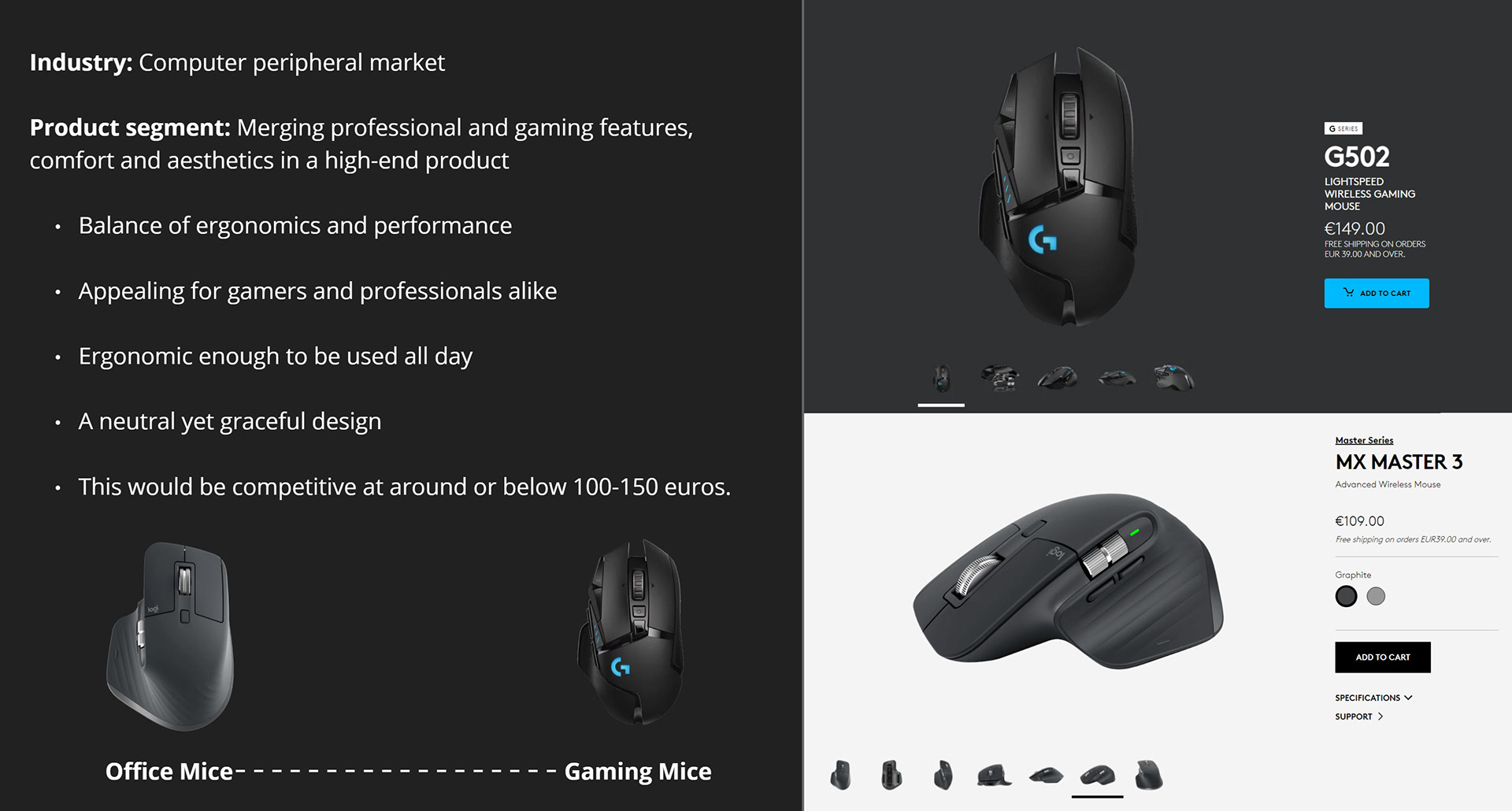
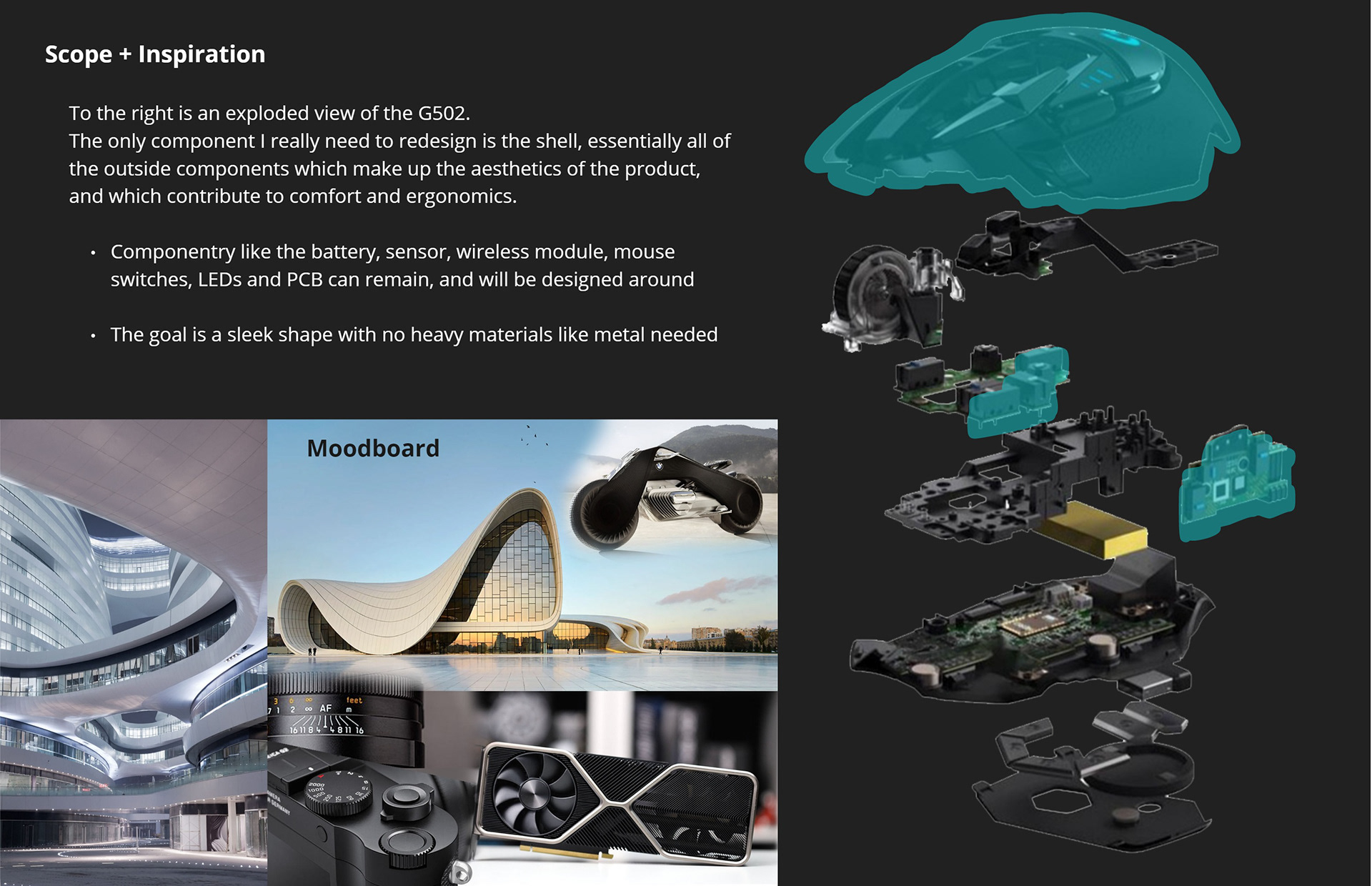
Sketching + Ideation
Based on my market research and a very convenient exploded-view image I found of the mouse, I set to sketching, to begin to come up with ideas of how my redesign might look. I ended up identifying which of the stock components would stay and which would be removed or covered up in order to simplify the design, as well as the production method and the sort of shape I wanted for the redesigned shell.

Teardown
At this stage, I tore down the G502 itself, into all of its individual components, and identified which would remain and which were no longer necessary for the redesigned mouse. Items with a green dot remained, and items with a red dot beside them were put to the side. In the end, I reassembled all of the pieces I was keeping, and I created a sort of barebones sled of all of the functional components I would build my new shell around.
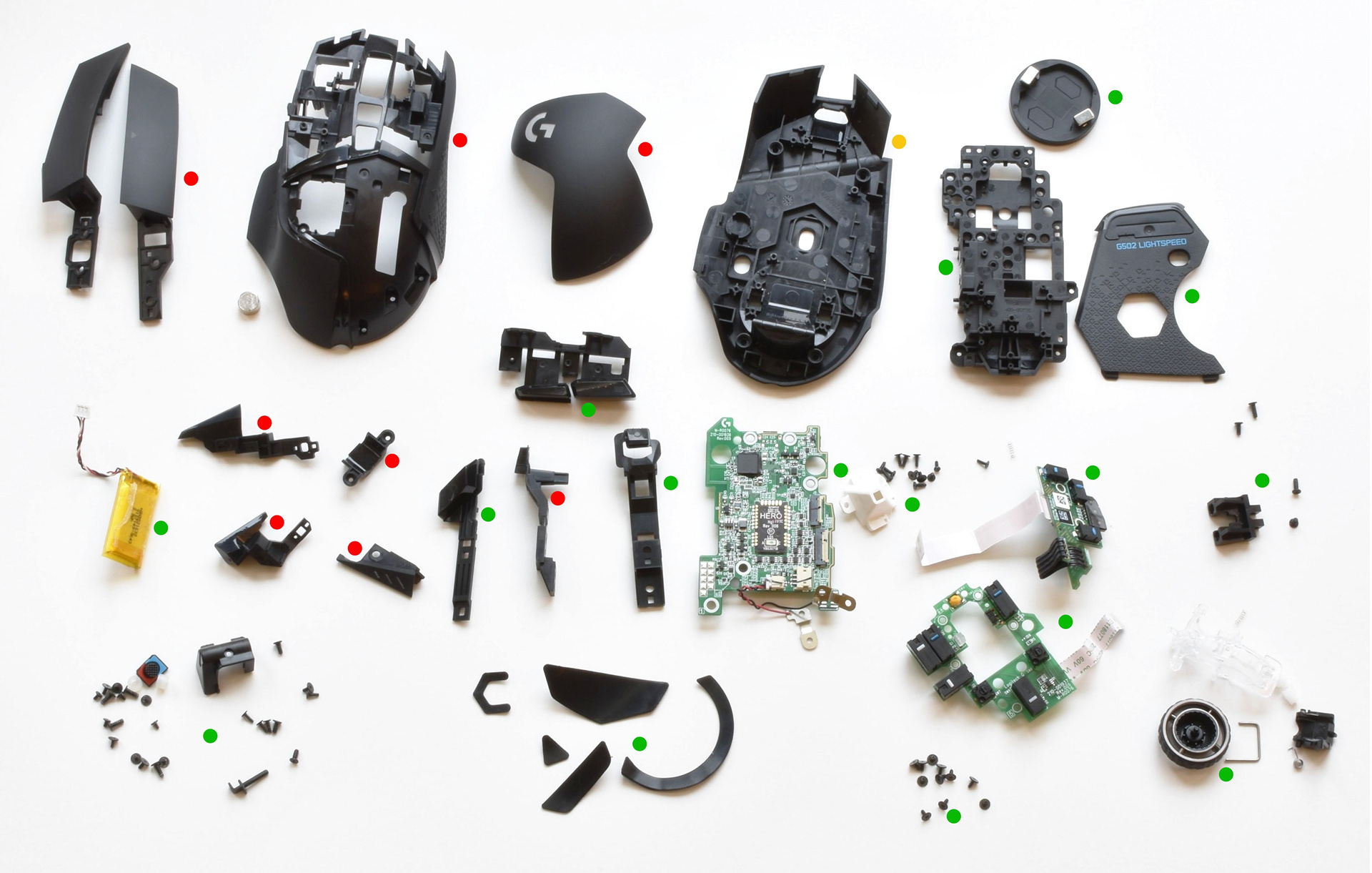
Mockups and Ergonomics Testing
I then began creating mockups, originally of a very low quality out of cardboard and masking tape, and then more refined ones of paper and packing foam, in order to test the ergonomics and the shape that the mouse would eventually have with the new shell. Ergonomics was a major focus of this redesign, so I tested the later model for multiple days to make sure this was something that was actually usable.
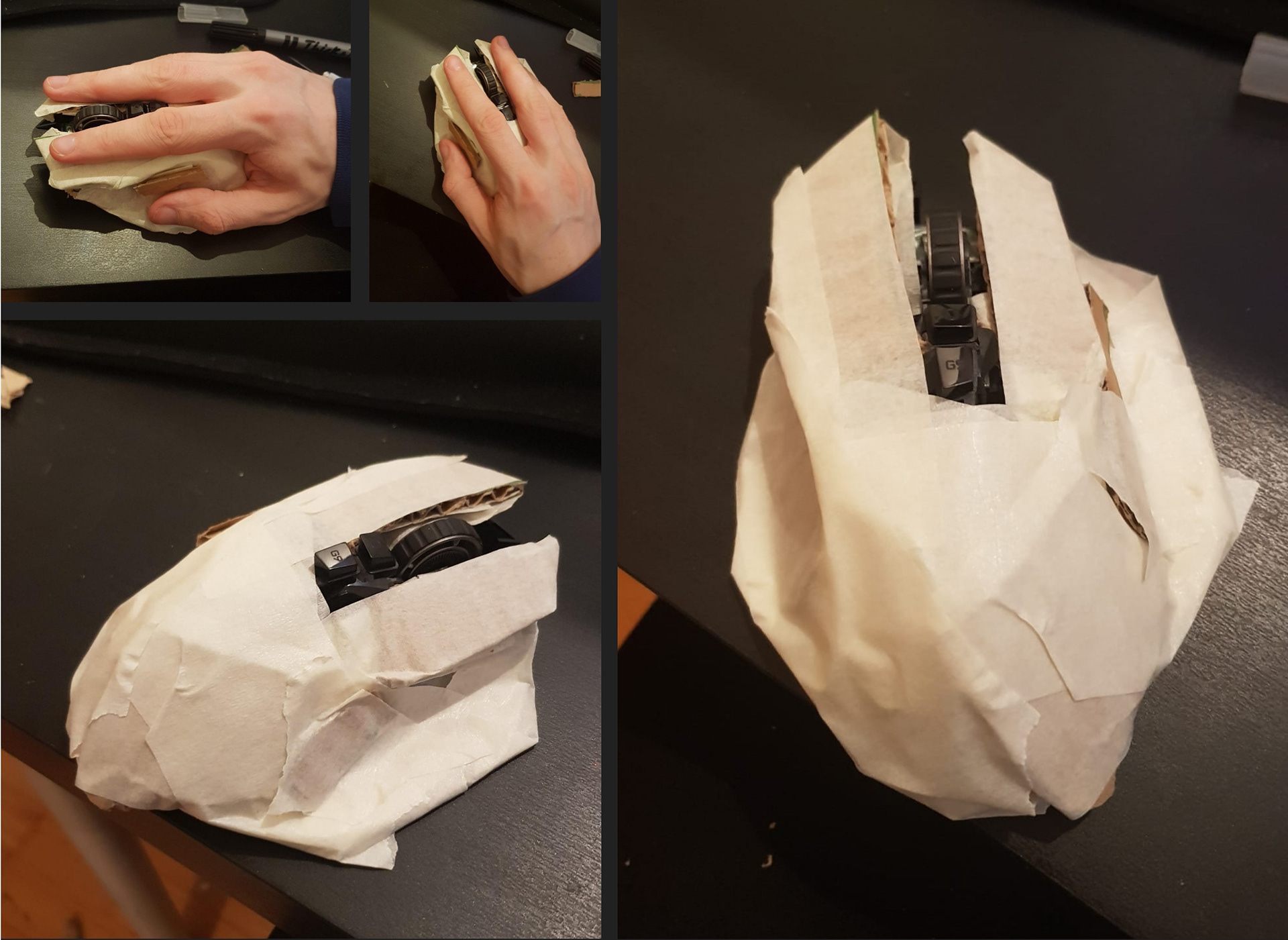
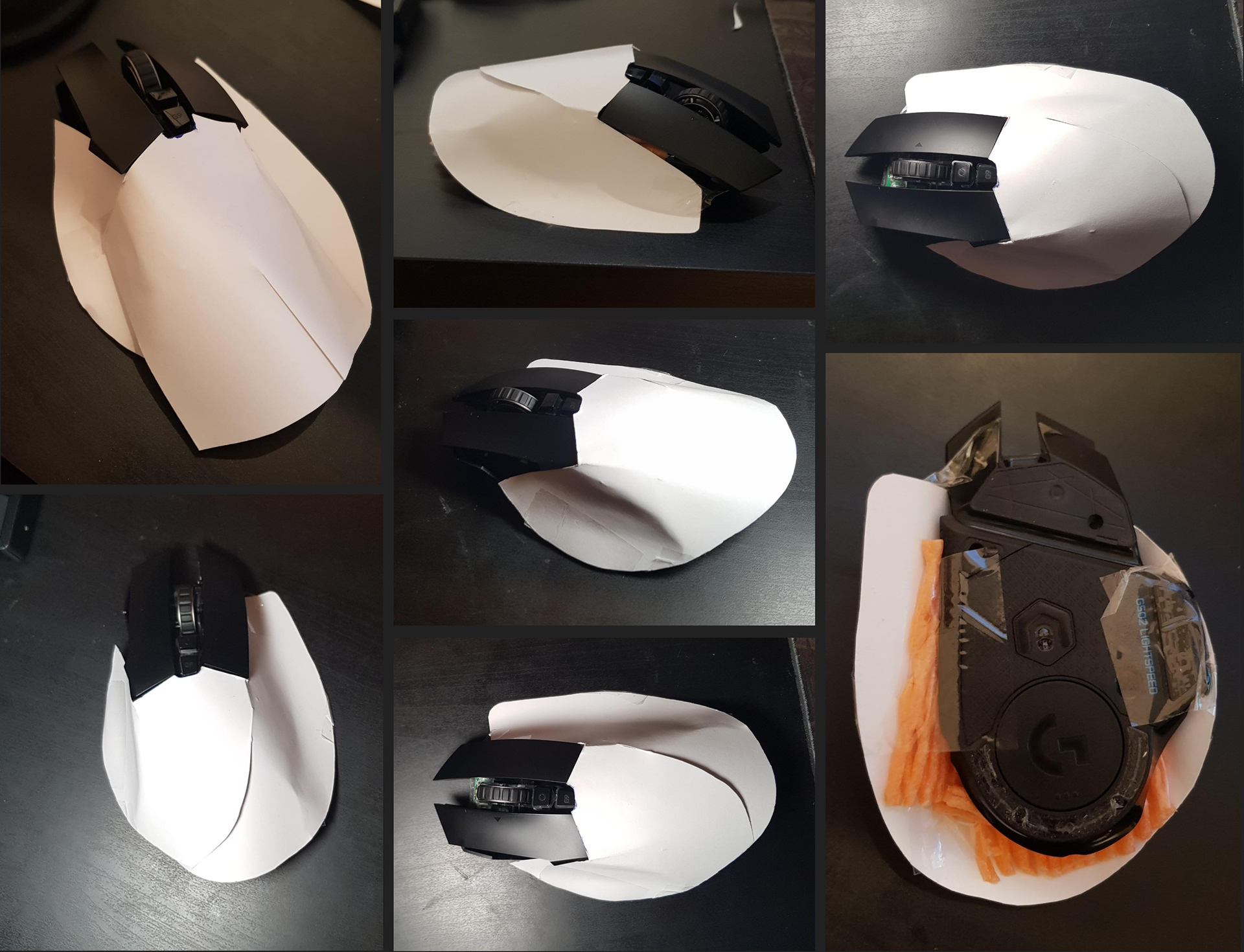
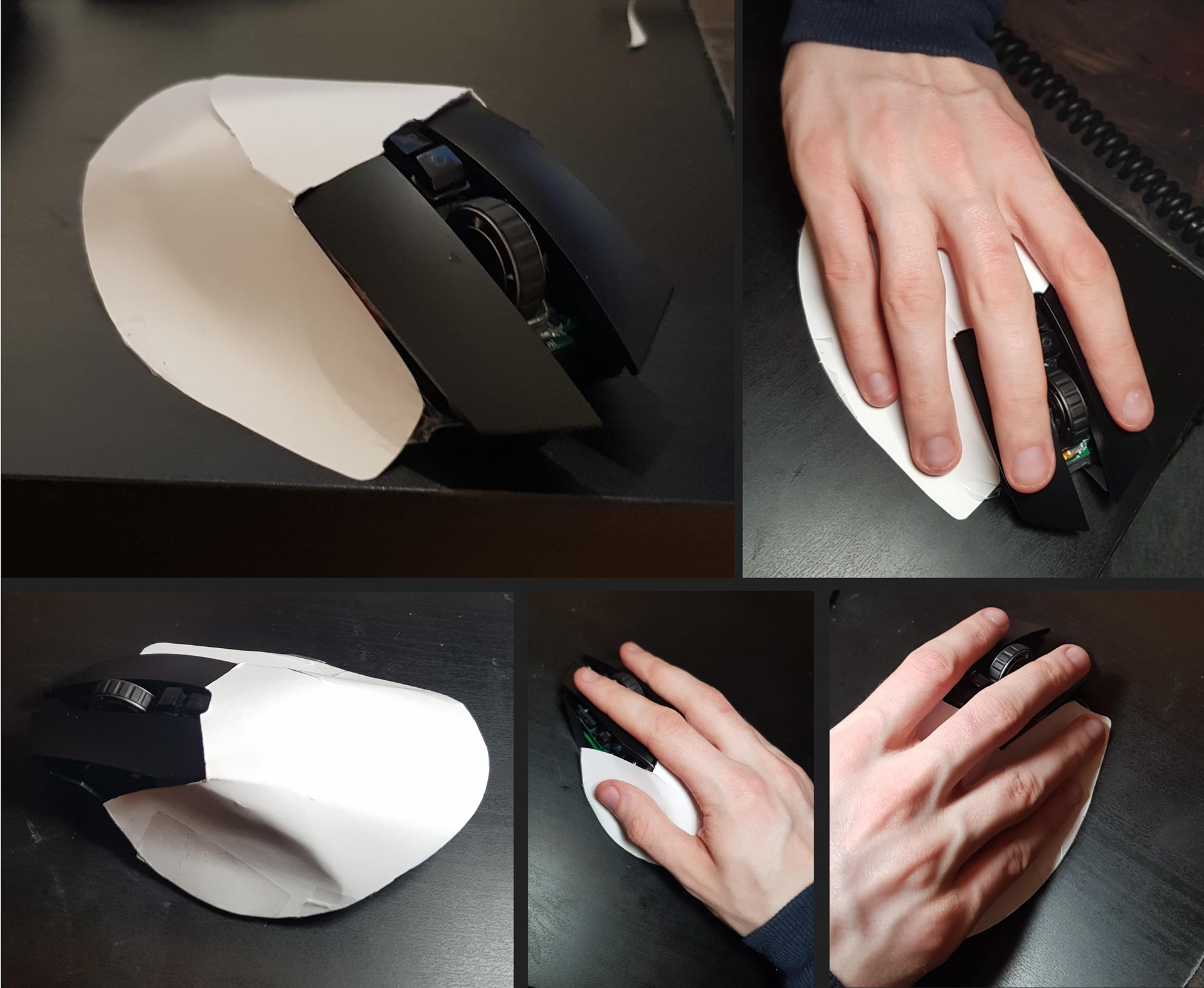
CAD + Production Feedback
After ergonomics testing, I fully built the ergonomics shape in CAD that I had derived from my paper models and I applied the aesthetic qualities I had identified in my earlier sketching.
I then sent the model off to a few companies to get some production quotes and feedback on the quality of the model. It became apparent that in bulk, 3D printing would not be a fiscally responsible choice, and that injection moulding was a better option. For this production process though, some adjustments needed to be made.
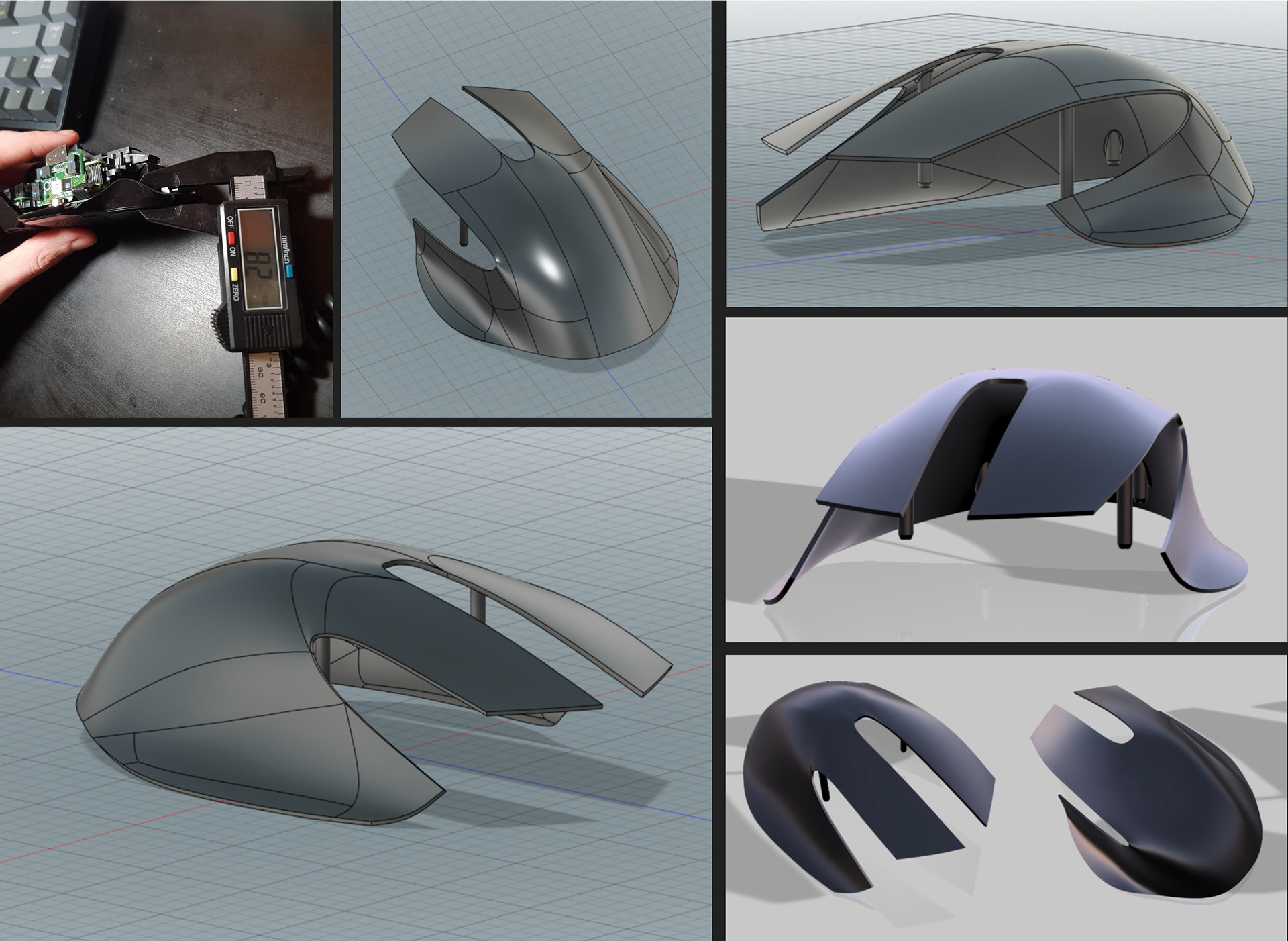
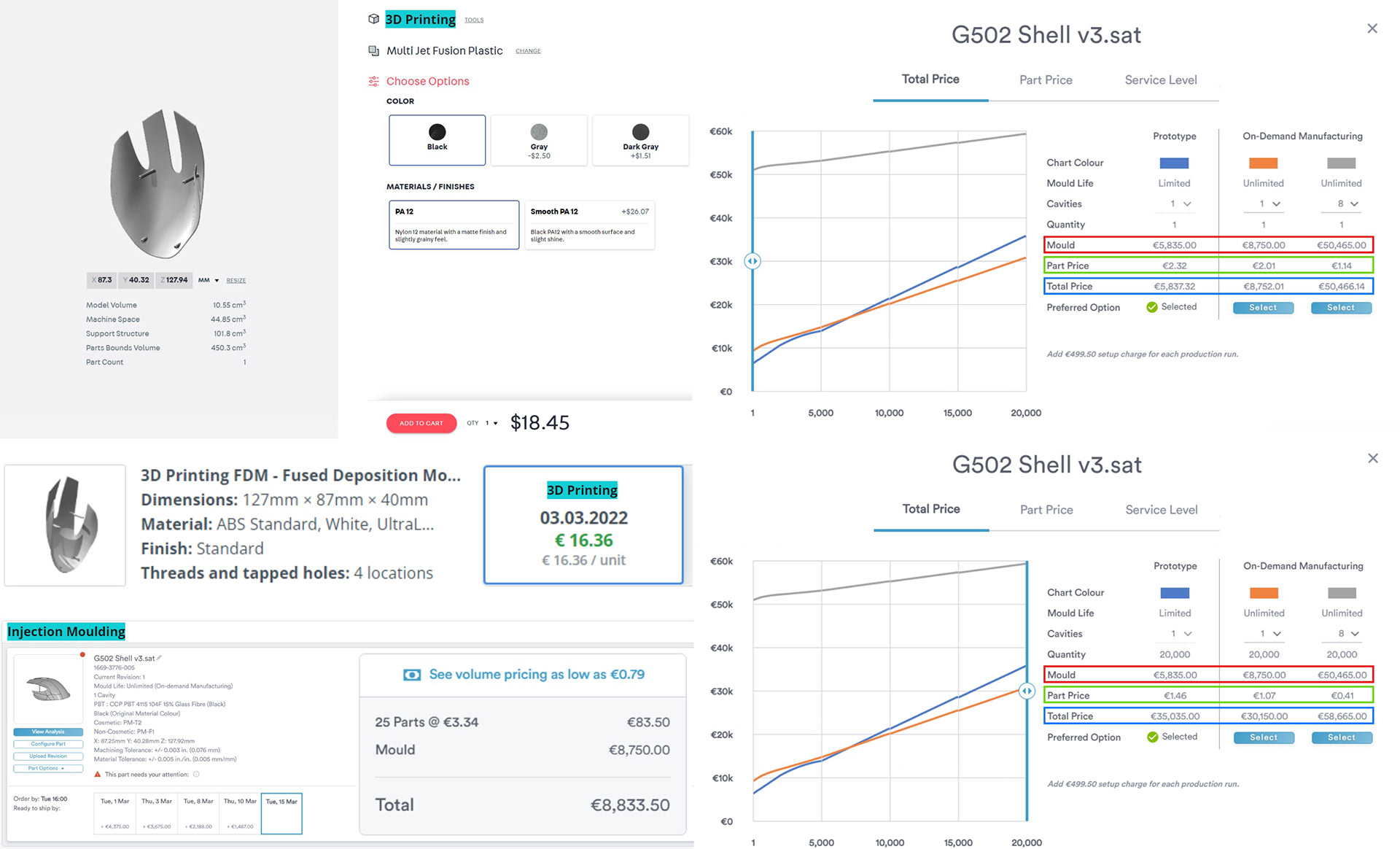
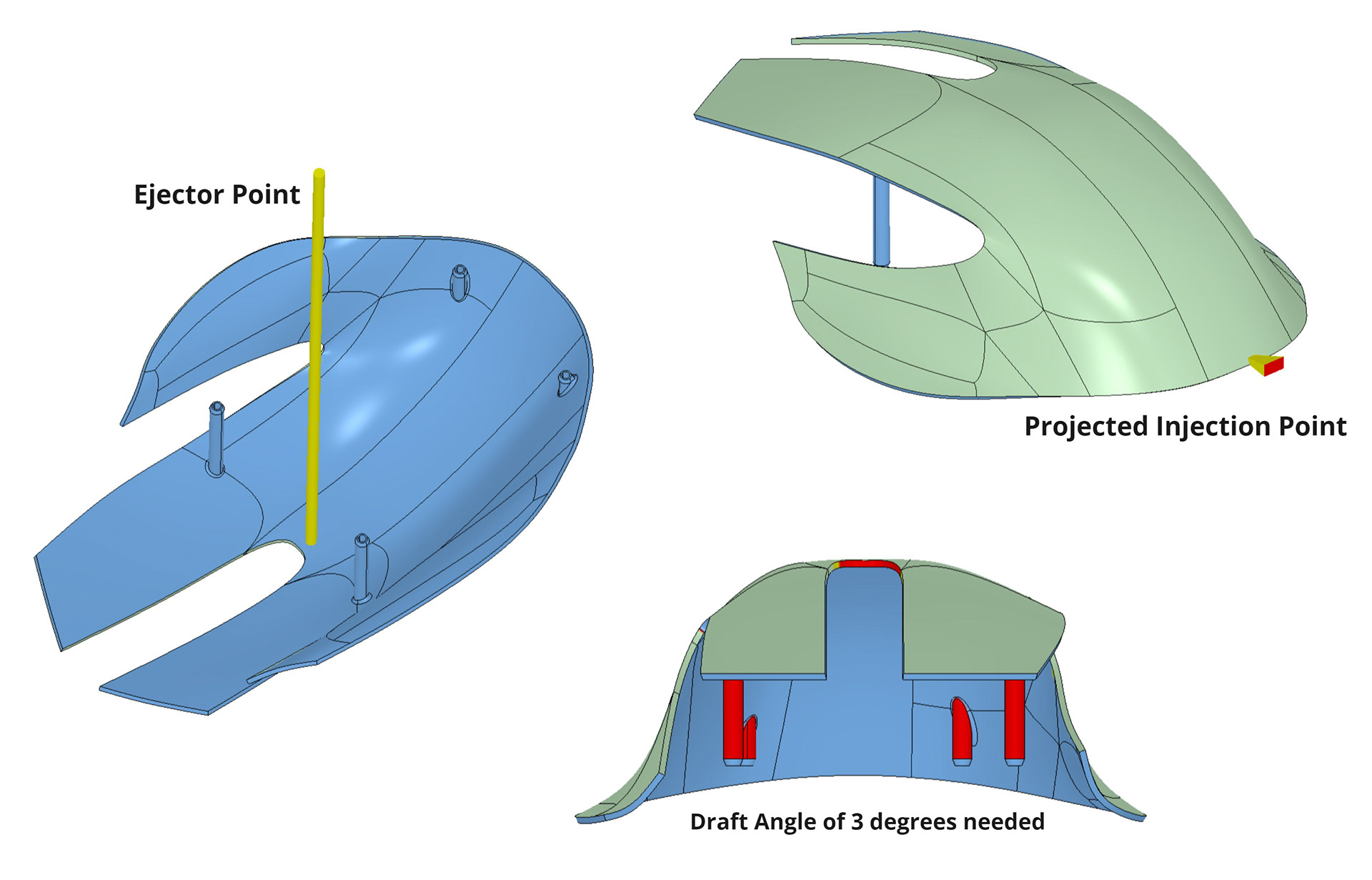
Production Optimisation
As a result of this feedback, I introduced a universal draft angle, to allow the plastic shell to be ejected from the mould without issues. I also considered where the injection point and ejectors would be placed on the model for minimal visible signs of production. I then created a new part model, also applying feedback from tutors there.
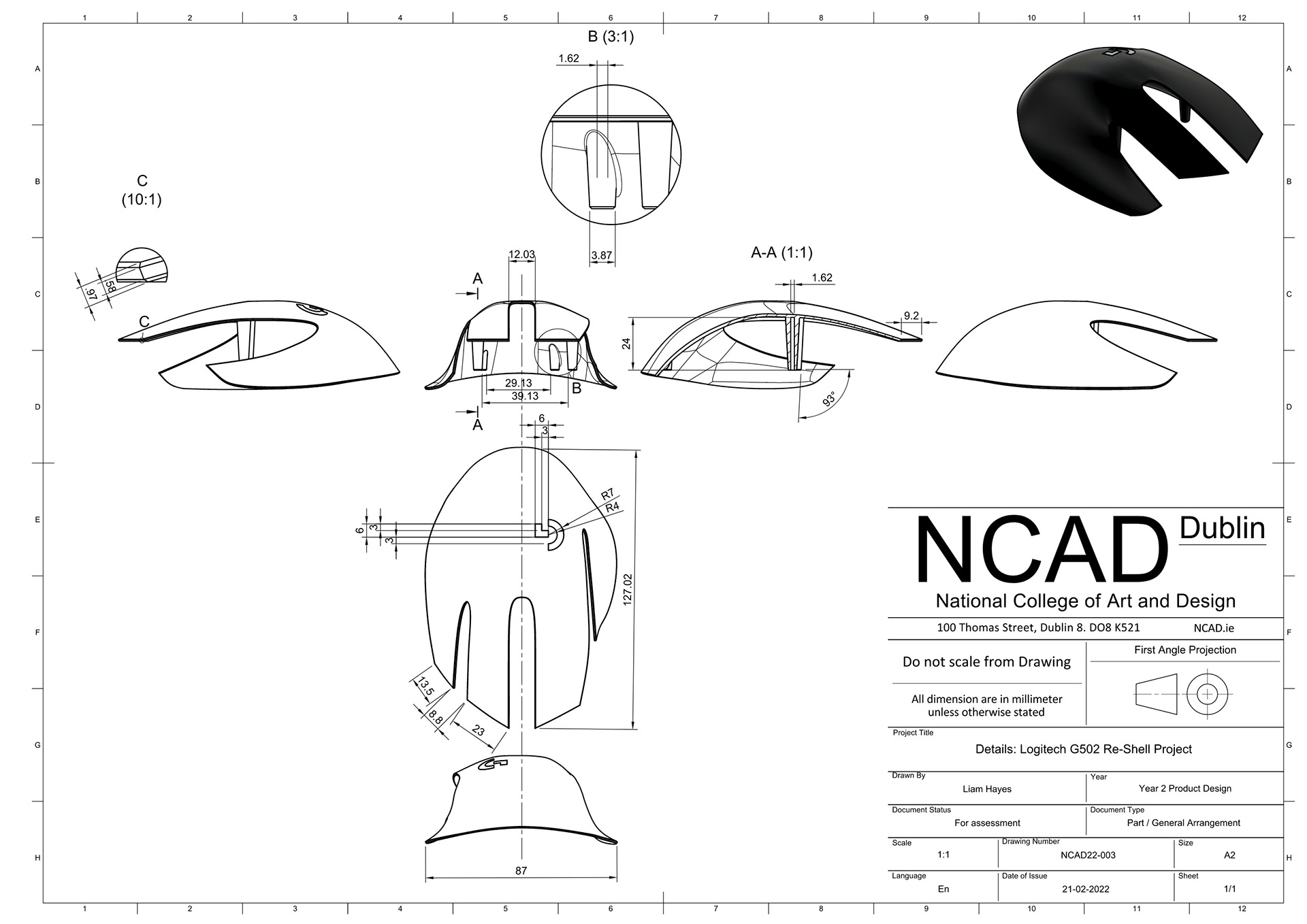
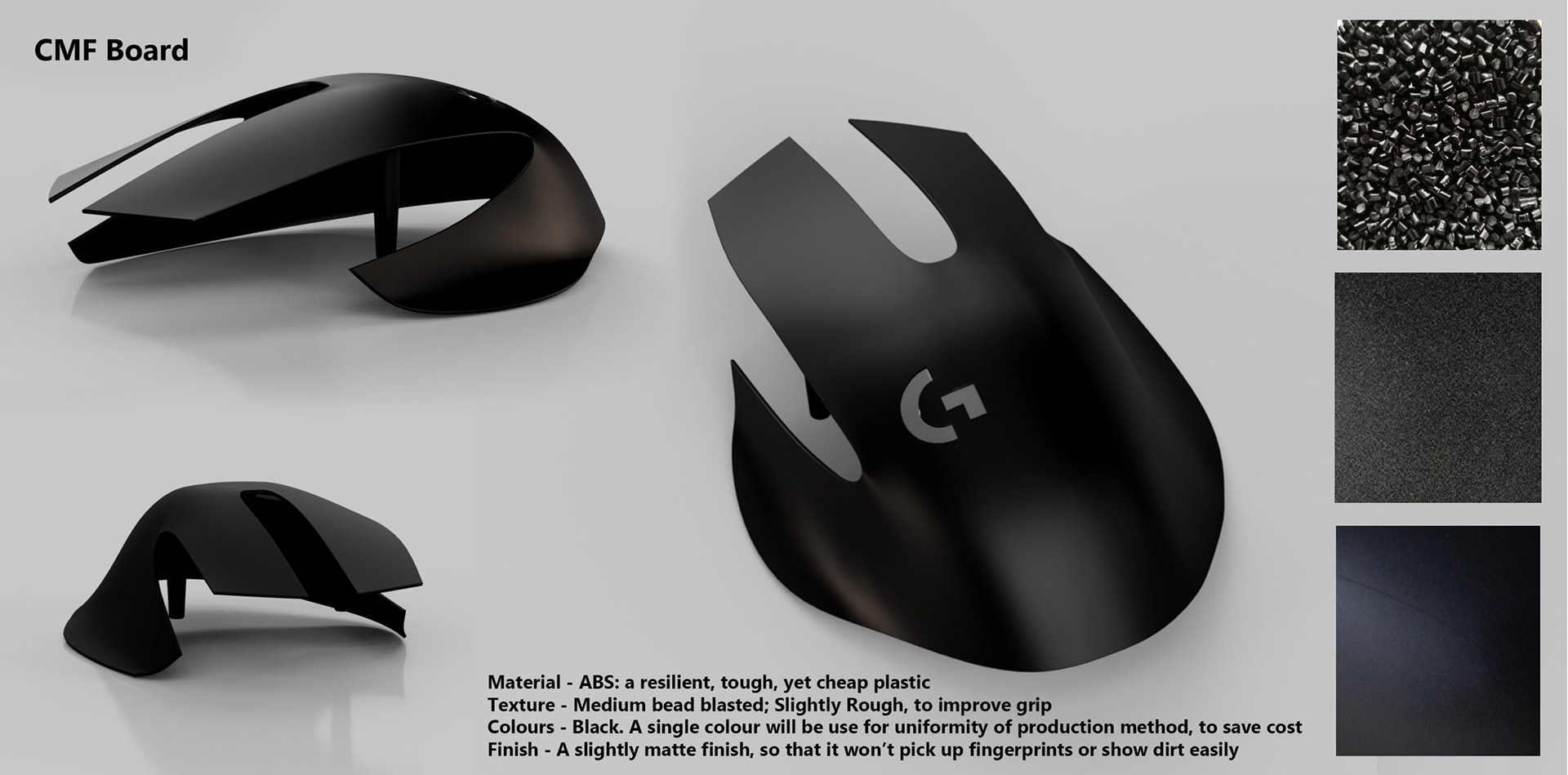
Final Renders
With my model finished, I fully modelled the sled that the shell would sit on, and set the shell on top. Below are the final renders of how this would look. I like the simplified look a lot, but I still love the original G502's look too. I look forward to actually getting my model 3D printed for a once-off practical test of how this project would look in real life and see how well the final product holds up against the stock G502!
